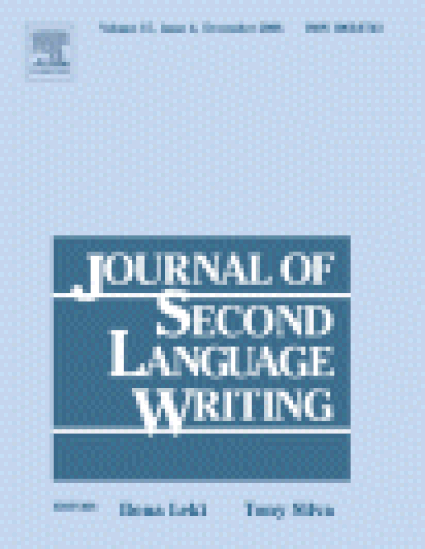
Article
The Use of Paraphrase in Summary Writing: A Comparison of L1 and L2 Writers
Journal of Second Language Writing
(2006)
Abstract
Paraphrasing is considered by many to be an important skill for academic writing, and some have argued that the teaching of paraphrasing might help students avoid copying from source texts. Few studies, however, have investigated the ways in which both L1 and L2 academic writers already use paraphrasing as a textual borrowing strategy when completing their academic assignments. To expand our understanding of university students’ paraphrasing strategies, the present study analyzed L1 (n = 79) and L2 (n = 74) writers’ use of paraphrase within a summary task and developed a method for classifying these paraphrases into four major Paraphrase Types: Near Copy, Minimal Revision, Moderate Revision, and Substantial Revision. The study then compared the L1 and L2 writers’ use of these Paraphrase Types within their summaries. It was found that, while both groups used about five paraphrases per summary, L2 writers used significantly more Near Copies than L1 writers. Conversely, the summaries of L1 writers contained significantly more Moderate and Substantial Revisions than those of the L2 writers. Implications of these findings for future studies of students’ textual borrowing strategies are discussed with a particular focus on issues related to plagiarism and the teaching of paraphrasing in university writing classrooms.
Keywords
- Academic writing,
- Paraphrasing,
- Summary,
- Plagiarism,
- Second language writing
Disciplines
Publication Date
December, 2006
Citation Information
Casey Keck. "The Use of Paraphrase in Summary Writing: A Comparison of L1 and L2 Writers" Journal of Second Language Writing Vol. 15 Iss. 4 (2006) Available at: http://works.bepress.com/casey_keck/2/
